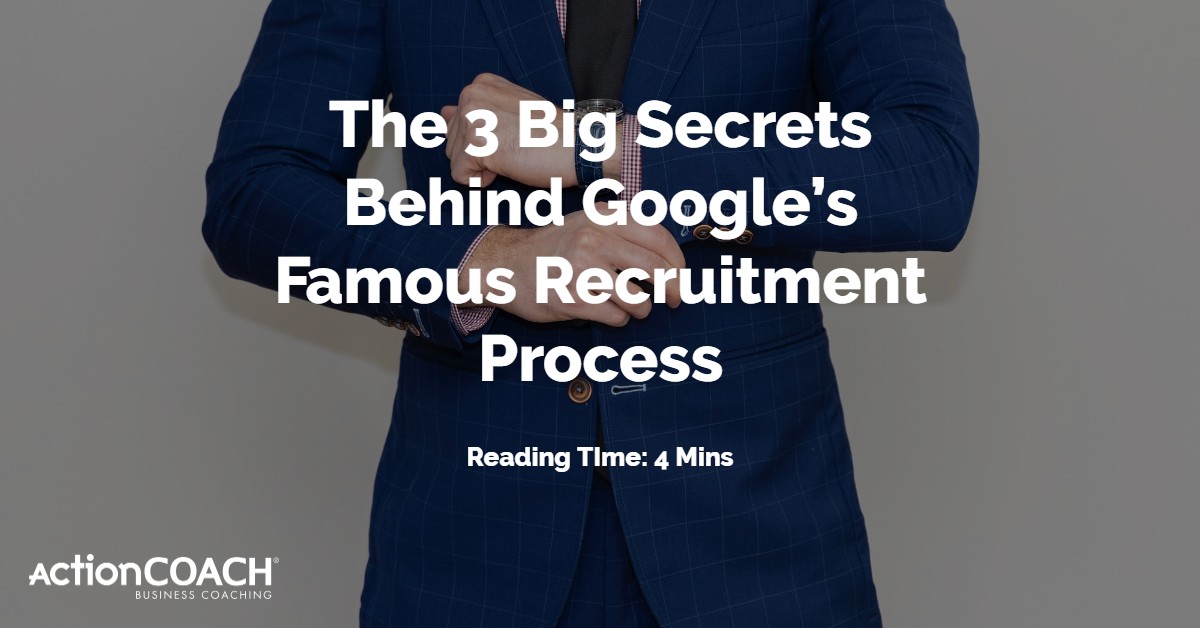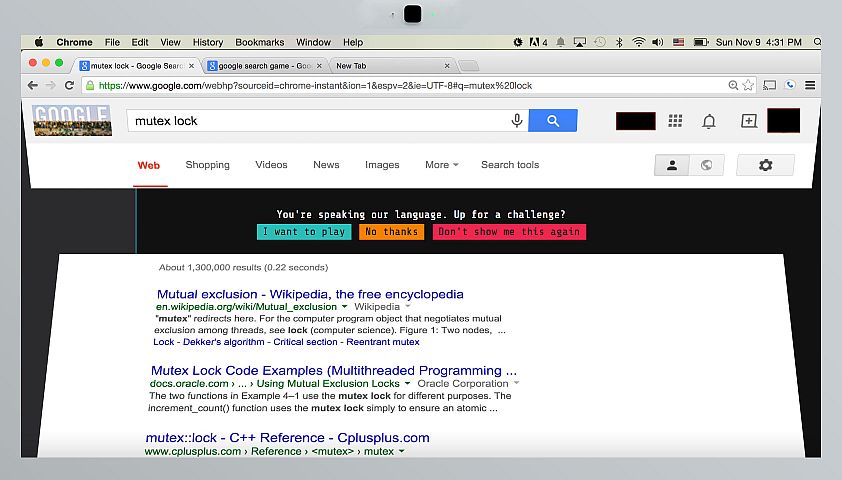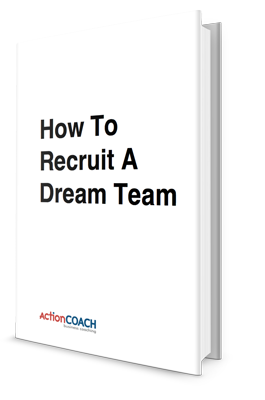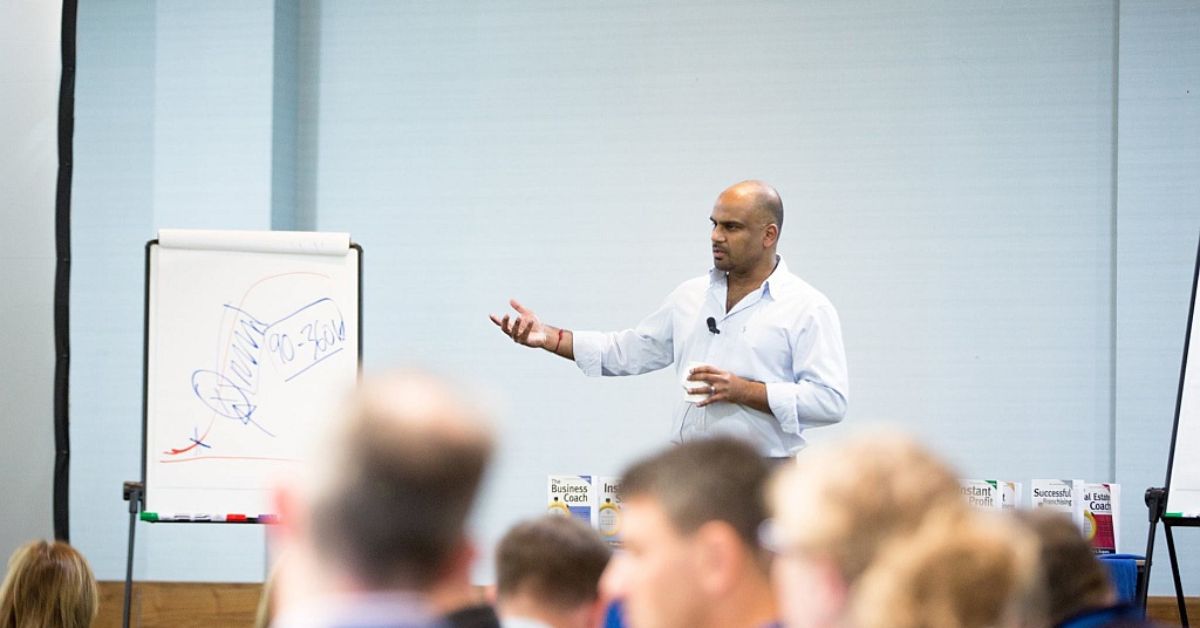The 3 Big Secrets Behind Google’s Recruitment Process
Max Rosett, a promising Yale Graduate with a passion for computer science, sits at his computer and Googles the words “python lambda function list comprehension”.
Instead of seeing the usual search results page he watches surprised as the page splits, folds back on itself and reveals a hidden message…
“You’re speaking our language. Up for a challenge?”
Image Source: The Hustle
He clicks “I want to play” and starts a journey that leads him through a series of programming tests, an interview and finally, to a job at Google.
Each year 2 million people apply for a job at Google and only a few thousand get accepted. Although most come via less outlandish routes, it’s not hard to see why Google has a reputation for its legendary hiring practices.
Here’s former Google CEO Eric Schmidt…
“Never forget that hiring is the most important thing you do.
The people that can have the biggest impact of all are the ones we call Smart Creatives. These are the product folks who combine technical knowledge, business expertise and creativity.
We learned that the only way for businesses to consistently succeed today is to attract smart creative employees…”
Let’s take a look at Google’s famous hiring process and extract 3 take home ideas you can use in your business.
Measure The Right Things at Interview
Before Max Rosett even knew he was applying for a job he had completed 6 programming tests.
That was the next step after clicking “I want to play” – a test problem with a 48 hour deadline, then a series of increasingly difficult problems. Only after 2 whole weeks of problem solving did he receive an email from a recruiter at Google asking for his CV.
There’s a reason why Google uses these kind of tests; ones that include tasks the applicant would actually have to perform if they got the job. Work sample tests are shown to be the most effective predictor of how a candidate will perform in a job.
Performance on a difficult task also tests general cognitive ability. Which is the 2nd best predictor of how someone will perform in a job, according to the same research.
So here’s the first idea: instead of wasting time in interviews asking the tired old clichés “what’s your biggest weakness?”, “Where do you see yourself in 5 years time?” try using assessment exercises instead. And design those tests so that you’re directly measuring skills that are needed for the job.
For a sales hire ask them to role-play a cold call.
For a marketing hire ask them to present a marketing strategy.
For an admin hire ask them to complete a routine admin task in your business.
These are all real assessment tests we’ve used here at our offices (shoot us an email if you’d like a copy).
Take a More Proactive Approach
Google’s interactive programming test is a wonderful example of proactive recruitment. They’re a household brand and yet they still reach out to job hunters in creative and exciting ways.
In the early days, Google relied heavily on referrals from their employees. Laszlo Bock, Senior Vice President of People, recommends that as your business begins to grow you should “ask your best-networked people to spend even more time sourcing great hires.”
As a business owner one of your most important jobs is to sell the vision of your business – to your customers, to the press, to investors and to new hires.
Alumni databases, our client list, professional networks and LinkedIn are all places we’ve found high quality candidates that we wouldn’t have found through traditional channels.
Idea number 2 is be more proactive in your search for talent.
Set High Standards
Here’s Jonathan Rosenberg, former Senior Vice President of Products at Google…
“I think about it like a coach and a sports team. If you look at coaches and sports teams, they spend all of their time looking at talent. And it’s because it’s so obvious to them once they put the talent on the field, how the talent performs. In management, it’s a little bit more difficult, and it’s a little bit more subjective.
So what happens is people lose their focus on the absolute value of the talent, and they often get sidetracked with things like the urgency of a role. And as soon as you start allowing your teams to do that, then you start hiring people who are just below the current bar.
And then you create the negative dynamic of what we called… “the herd effect”. As soon as you let an A hire a B, that B’s going to hire a C, because B’s are threatened by A’s.
So you’ve gotta start from the beginning and make sure that you just have A’s who hire A’s.”
In other words: refuse to budge on your standards. If you don’t find a candidate who’s good enough, then continue looking until you do… even if that takes months longer than you would like.
Conclusion
Here’s a quick recap…
- Use work sample tests and structured interviews to assess candidates instead of relying on interviewer’s intuition
- Take a proactive approach to recruitment. The best candidates often come through non-traditional channels
- Set high standards and don’t compromise under pressure.
How to Recruit a Dream Team
In This Free Ebook + Email Course You Will Learn:
The Recruitment Process We Recommend To All Our Clients
How To Choose The Right People For Your Team
Why You Should Always Hire Slow & Fire Fast






